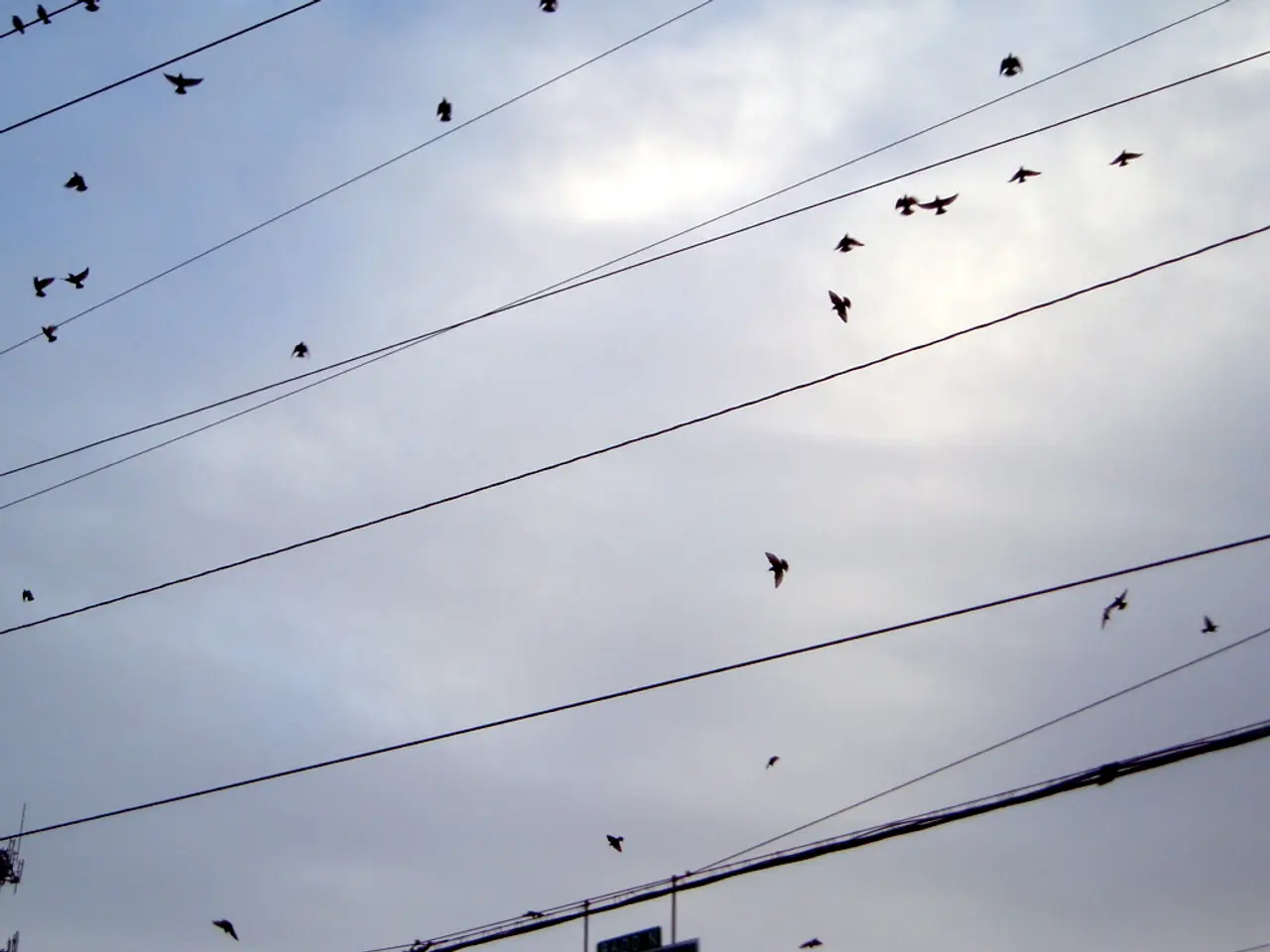Southern Africa's connectivity landscape undergoes a transformation, courtesy of Paratus Group, through the Equiano Subsea Cable Project
Equiano Subsea Cable Boosts Digital Transformation in Southern Africa
The Equiano subsea cable, a Google-backed project that runs from Europe to Africa's west coast, has significantly enhanced digital transformation and internet penetration in Southern Africa. This is particularly evident in countries like Namibia and Botswana, where connectivity and bandwidth have seen notable improvements.
The arrival of Equiano in Southern Africa, with South Africa as a major landing point, has augmented regional connectivity and bandwidth capacity. This improvement indirectly benefits landlocked countries like Namibia and Botswana by enhancing regional internet infrastructure.
Paratus Group, a pan-African digital infrastructure and telecommunications provider, has seized this opportunity to expand high-speed internet accessibility in these regions. The Equiano cable delivers vast bandwidth and ultra-low latency, which Paratus leverages to connect underserved areas of Namibia and Botswana. These initiatives aim to increase internet penetration, improve business connectivity, and foster socio-economic development through digital inclusion.
In Botswana, Paratus completed the 840 km Botswana Kalahari Fibre project in 2022, linking Gaborone to the Equiano landing station in Namibia. This project created around 100 jobs.
As a result of these interventions, Botswana's internet penetration has grown from 77% to over 81%. In Namibia, the internet penetration has increased from around 51% to nearly 64% of the population since the Equiano cable landed.
Barney Harmse, Group Executive Chairman of Paratus, states that landing Equiano was the start of a new era for Paratus, and they are continuing to expand and invest across the region. Since the Equiano cable landed in Namibia, Paratus has extended its network into neighboring and landlocked nations.
The improved connectivity due to Equiano and related projects has led to a growth in internet penetration in Botswana, from 77% to over 81%. However, there is no new information about the specific number of Namibians now online as a result of the Equiano cable.
The cybersecurity market in the region is also expected to grow as a result of the increased network capacity and connectivity provided by Equiano. Paratus Group can support this growth through managed services and technology partnerships.
In conclusion, Equiano's deployment has been a catalyst for digital transformation in Southern Africa, and Paratus Group's initiatives in Namibia and Botswana are practical examples of how enhanced subsea cable infrastructure drives internet penetration and digital ecosystem growth. However, direct detailed figures specifically illustrating Equiano's isolated impact on Namibia and Botswana via Paratus are limited in the available sources, but the cable's broader regional influence on connectivity and digital infrastructure is clear.
The Equiano subsea cable's landing in Namibia and South Africa has boosted the regional infrastructure, enabling Paratus Group to extend high-speed internet accessibility and enhance internet penetration in both Namibia and Botswana. As a result, the internet penetration rates in these countries have significantly increased, with Namibia's growing from around 51% to nearly 64% and Botswana's from 77% to over 81%. Additionally, the cybersecurity market in the region is expected to grow, with Paratus Group well-positioned to support this growth through managed services and technology partnerships, leveraging the ultra-low latency and vast bandwidth provided by the Equiano cable.




